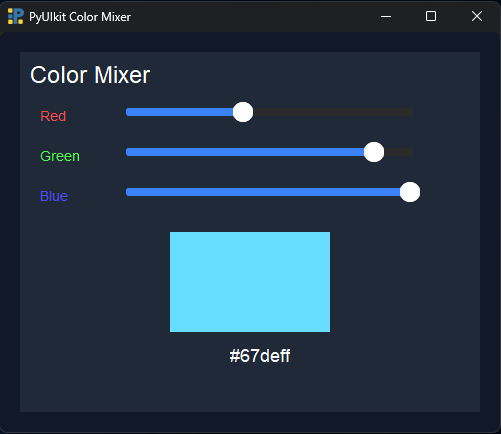From React to SvelteKit: 3 “Aha!” Moments for a Skeptic
As a developer who has lived and breathed React for years, I’ve always been skeptical of new frameworks promising to be “the next big thing.” But the buzz around Svelte and SvelteKit finally got to me. I spent a weekend rebuilding my portfolio with it.
Here are three “aha!” moments that genuinely surprised me.
-
The Disappearing Framework
The biggest mental shift was realizing Svelte is a compiler. There’s no virtual DOM, no heavy runtime library shipped to the browser. You write code that looks like simple HTML, CSS, and JS, and Svelte compiles it into highly optimized, vanilla JavaScript. The result? The code feels cleaner, and the “boilerplate” almost completely vanishes. -
State Management is Just… JavaScript
In React, managing state often means reaching for useState, useReducer, or even a library like Redux. In Svelte, you just declare a variable with let. When you reassign it, the UI updates.
let count = 0;
function handleClick() {
count += 1;
}
That’s it. This simplicity felt almost too easy at first, but it’s incredibly refreshing.
- File-based Routing Feels Like Cheating
SvelteKit’s file-based routing (similar to Next.js) is a joy to work with. Creating a new page is as simple as creating a new +page.svelte file in your routes directory. Loading data for that page is done in a sibling +page.server.js file. It’s intuitive, co-located, and makes the entire structure of the app easy to reason about.
I’m not abandoning React tomorrow, but my skepticism is gone. SvelteKit offers a fantastic developer experience and incredible performance. If you’re a React dev on the fence, I highly recommend giving it a try.
What are your thoughts on SvelteKit?


